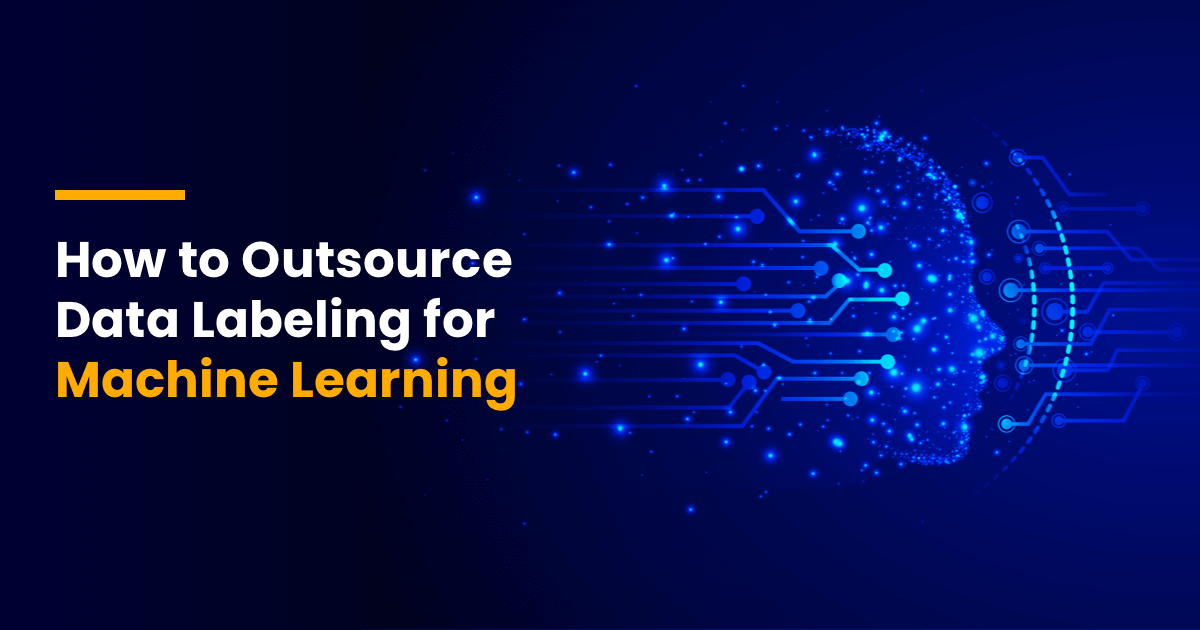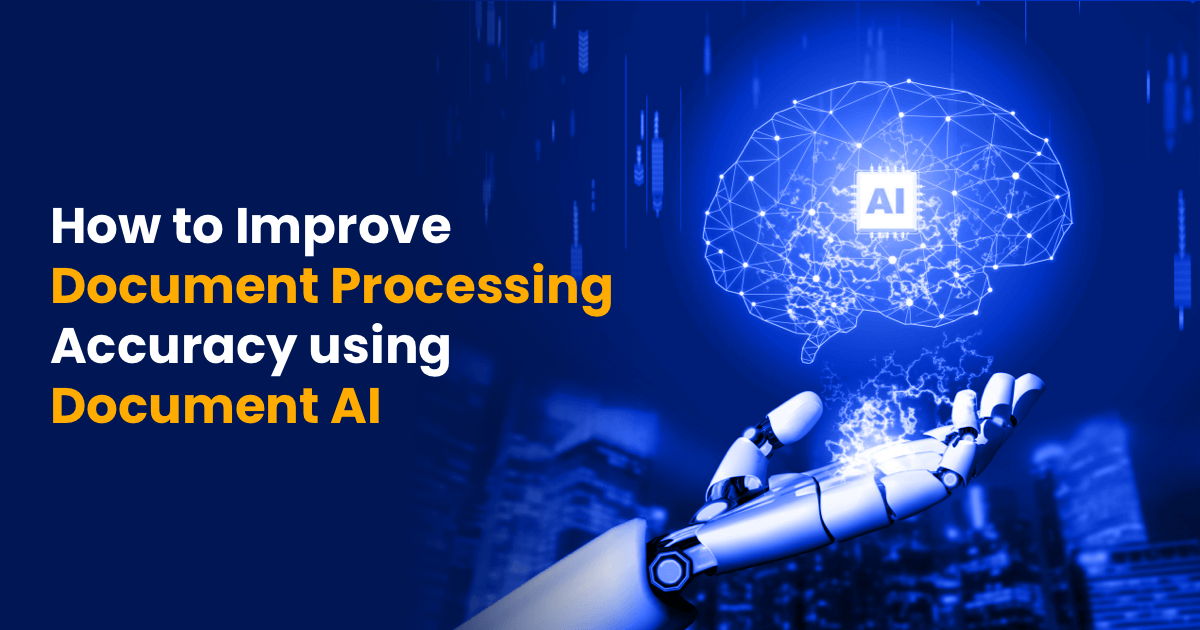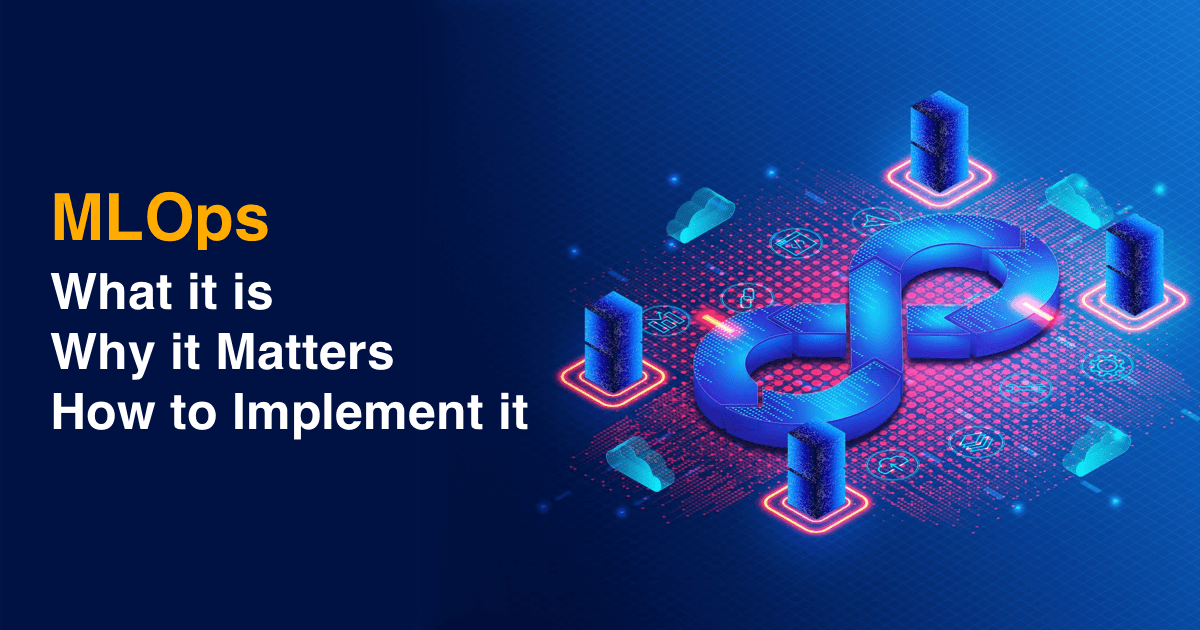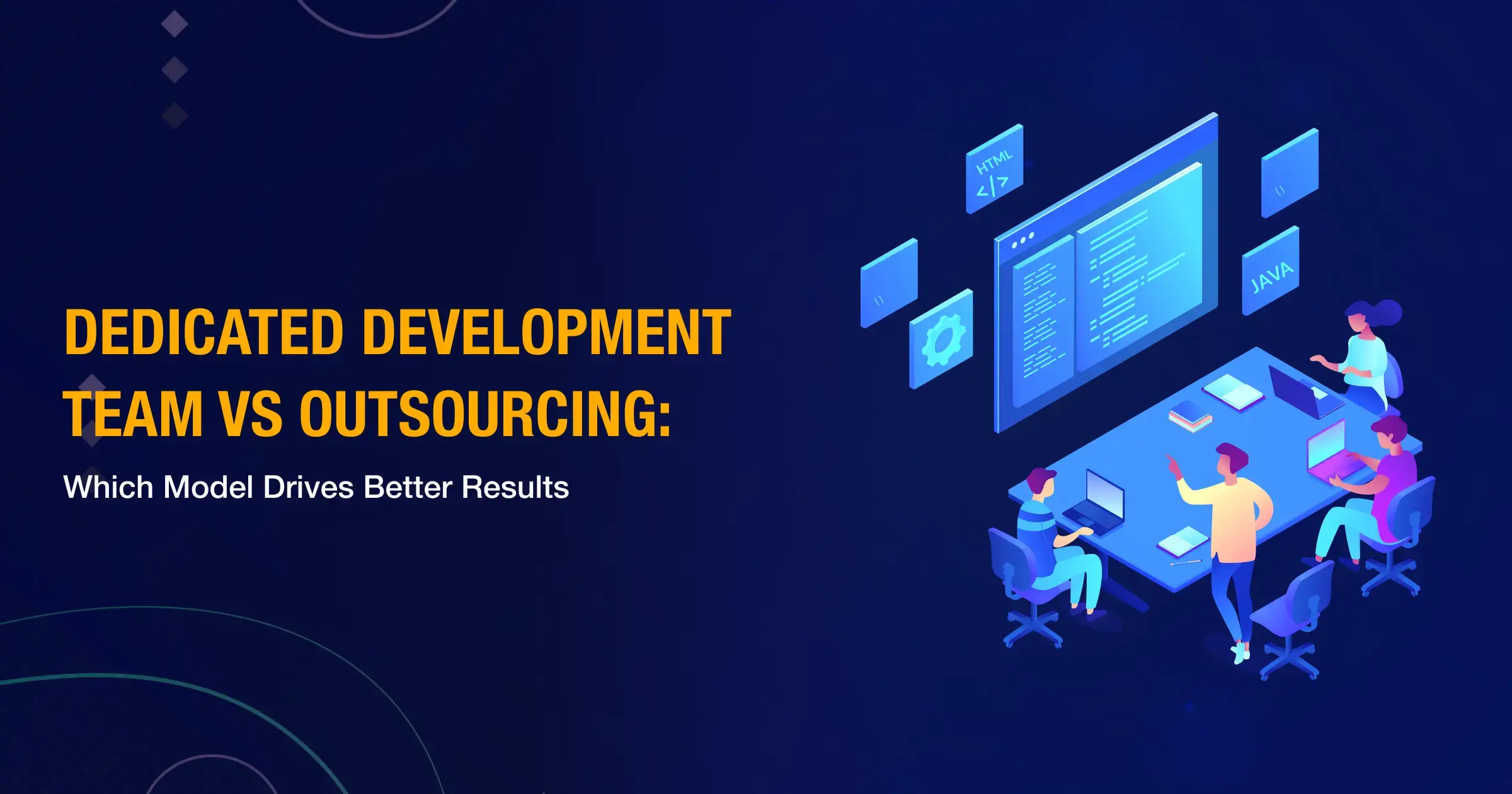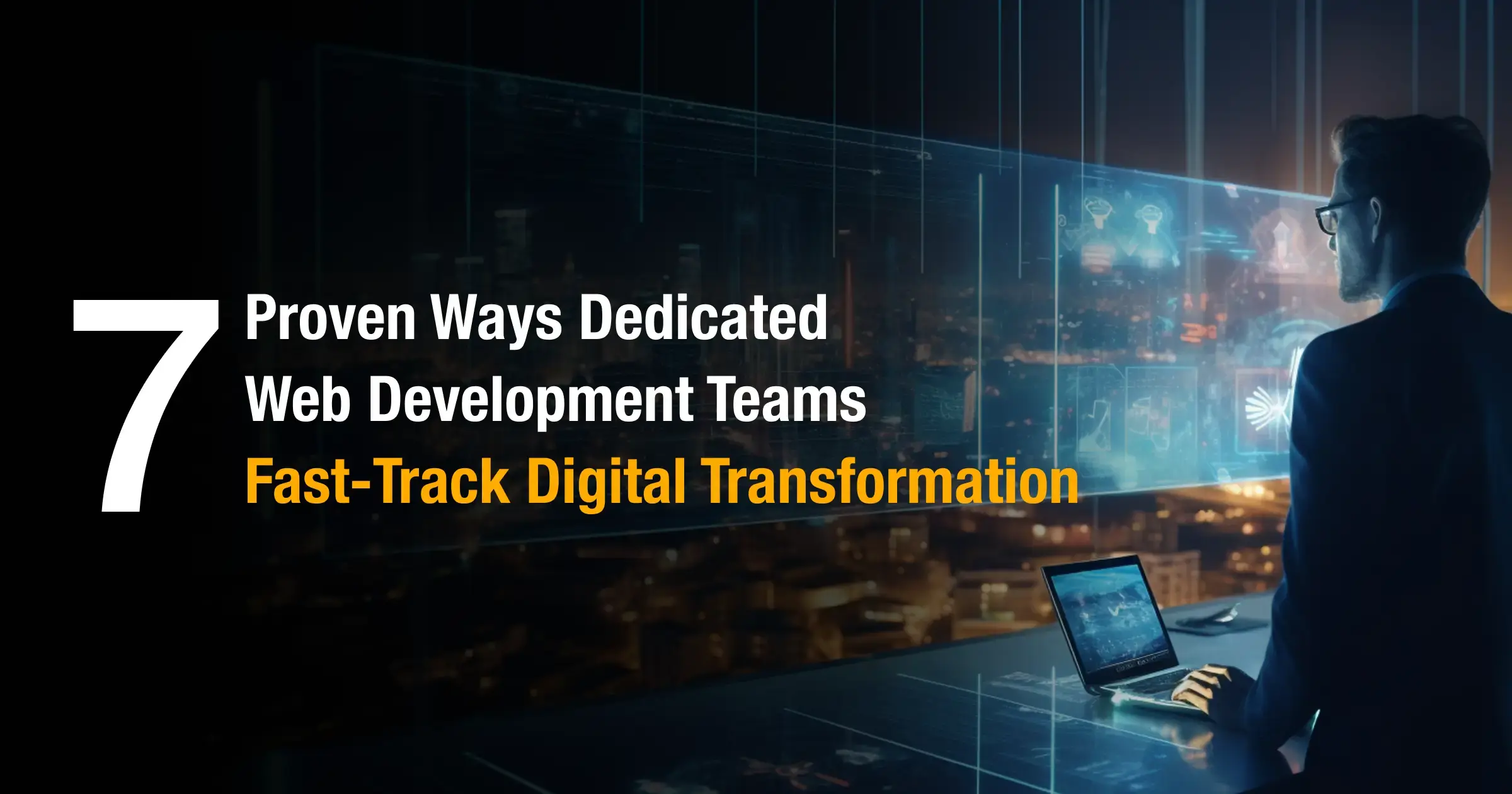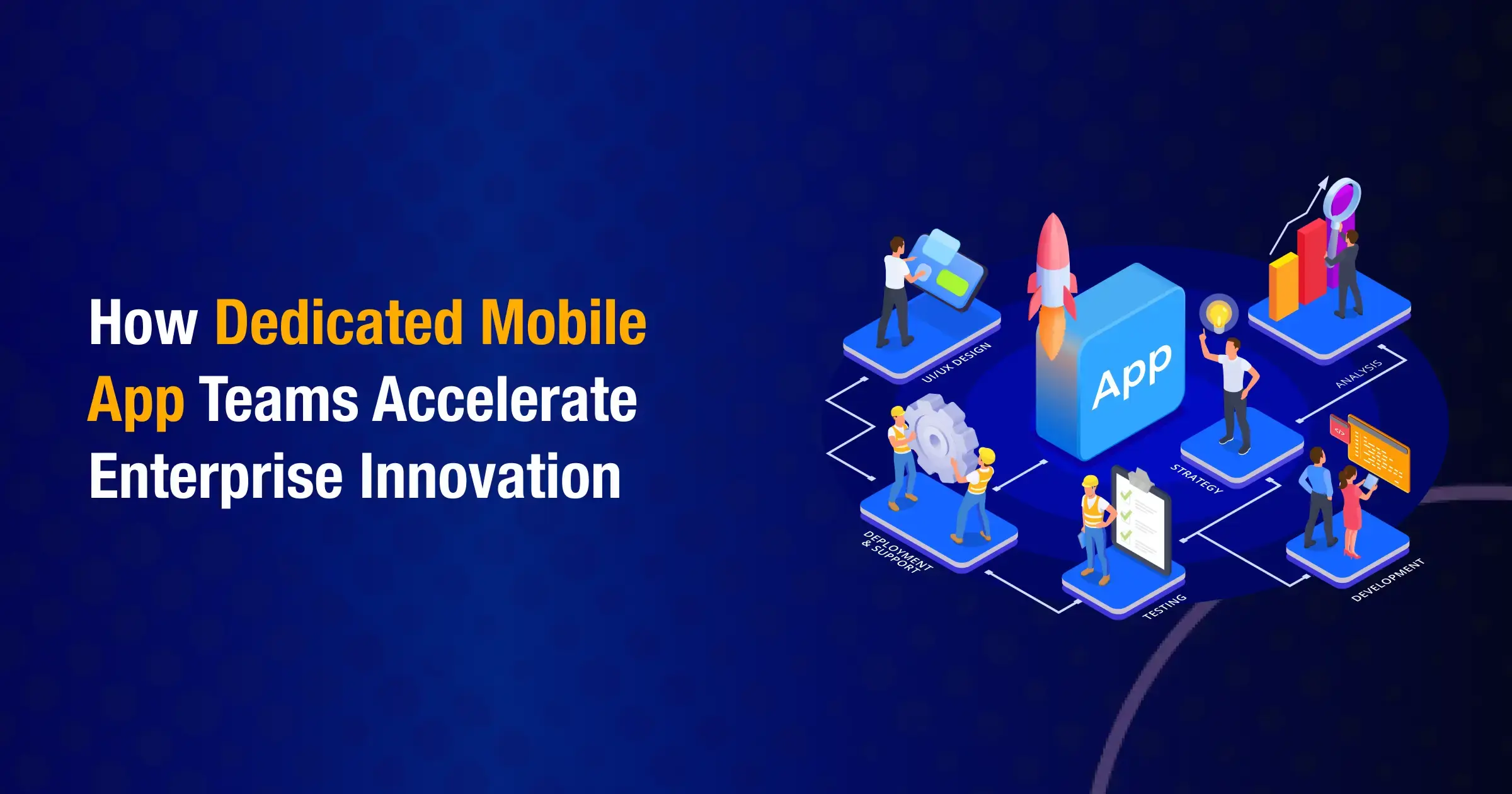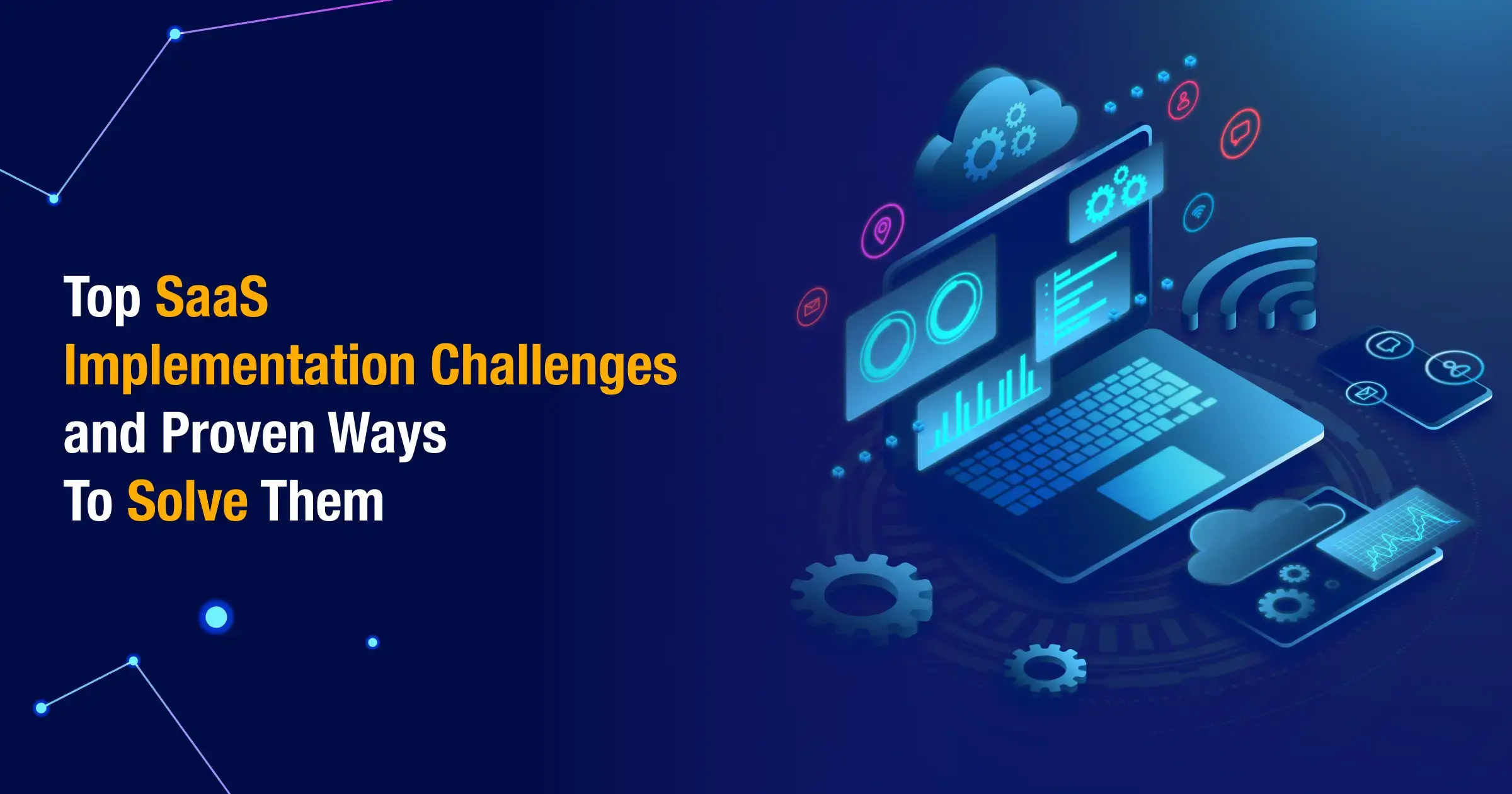
Introduction
Machine learning has become a buzzword lately, mainly due to its ability to analyze and comprehend data. It gives crystal clear insights that were rather hidden inside data previously. This is indeed a game-changer in today’s market, no wonder there’s a hype around modern technologies like machine learning and artificial intelligence.
But, have you ever wondered what would be the outcome of an ML algorithm if the data it used was highly unstructured and rather confusing for it to read and comprehend? And, many times, this is the reason why some businesses are not getting desired results from their machine learning models.
This is where data labeling comes in. A key insight from Grand View Research shows that the global data collection and data labeling market size is estimated to grow at a staggering CAGR of 28.4% from 2025 to 2030.
Data labeling is a tedious yet crucial process of tagging data raw, unstructured data. It helps machine learning models to learn and understand data such as text, videos, images, etc., accurately.
But let’s face reality. It may not be practically feasible for all businesses to hire and maintain in-house teams that label data. In such cases, you will benefit highly by outsourcing data labeling processes to a dedicated service provider offering data labeling services.
And, now, an array of questions arise. How to find the best data labeling outsourcing partner? How to know whether outsourcing is the right option for my business? And, many more. We will look into the intricacies of what exactly is data labeling, pros and cons associated with it, whether outsourcing data labeling is your right move forward and many others. Let’s hop in.
What is Data Labeling
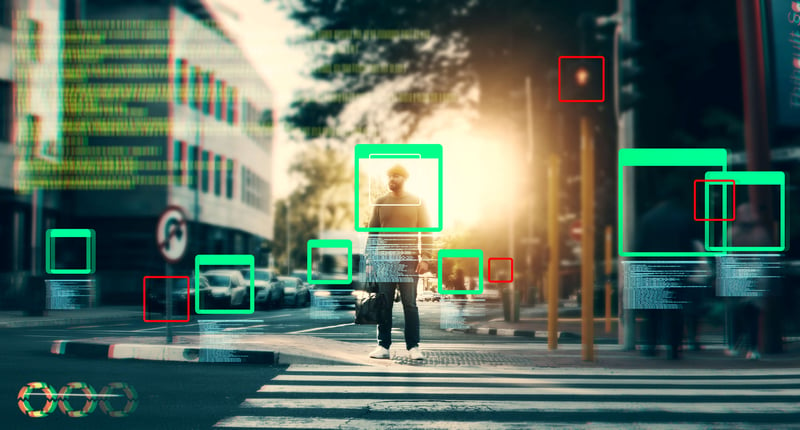
Data labeling is the process of identifying raw, unstructured data such as images, texts, videos, etc. It essentially adds appropriate labels to data that helps specify its context. It facilitates machine learning models to train better with that data and make meaningful predictions by analyzing it.
In other words, data labeling significantly improves the quality of data, thus, making machine learning algorithms work efficiently and give results as accurately as possible.
Data labeling has traditionally been performed by humans. It is a labor-intensive and time-consuming process, if performed manually. However, with advancements in technology, AI data labeling is gaining popularity. In this method, AI pre-labels data which is then overseen by humans. Hence, outsourcing data labeling service is the best option ahead.
What are the 4 Types of Data Labeling
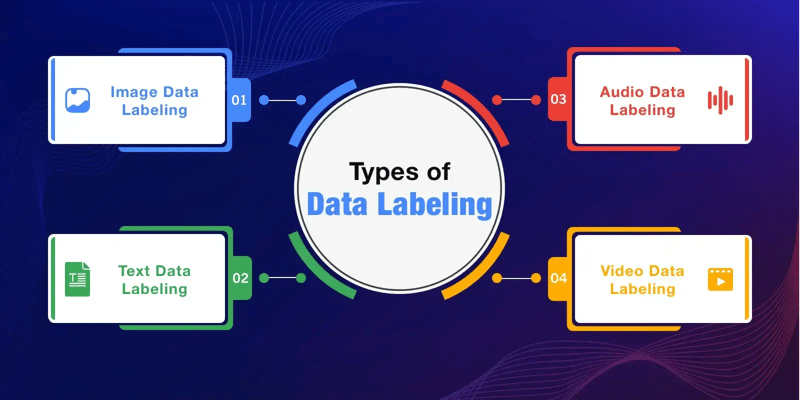
Now that we know what exactly data labeling for AI models is, let’s look at four common types of data labeling process for machine learning models to perform better.
How to label data for machine learning efficiently has been a throbbing question for some time, and experts have found ways to label data efficiently.
Also, note that different machine learning applications may require some specific types of labeled data, which is highly depending on the task to perform.
1. Image Data Labeling
What it is
Image labeling means annotating data that are in image format. Here, metadata for each data gets added or categorizes objects within them. This enables ML models to detect, classify and segment objects, which can fundamentally be used in various computer vision applications.
Types of Image Labeling
Bounding Box Annotation: Drawing rectangles around objects in an image. Used for object detection in autonomous vehicles and retail analytics.
Semantic Segmentation: Labeling each pixel in an image to distinguish between different objects. Used in medical imaging and satellite image analysis.
Keypoint Annotation: Identifying specific points on an object, such as facial landmarks or human joints. Applied in facial recognition and motion tracking.
Polygon Annotation: Drawing precise polygons around irregular objects. Common in autonomous driving applications for road and pedestrian detection.
Where it is Used
Autonomous Vehicles: Detecting pedestrians, traffic signs and other vehicles.
Healthcare & Medical Imaging: To identify tumors and other anomalies in X-rays, MRIs and CT scans.
Retail & E-commerce: Image-based product recommendations and visual search.
2. Text Data Labeling
What it is
Text annotation is the process by which it structures textual data by adding metadata. It further categorizes content or marking specific entities. This enables natural language processing (NLP) models to understand, interpret and generate human language.
Types of Text Labeling
Named Entity Recognition (NER): Identifying names, organizations, locations and other entities in a text. Used in chatbots development and document processing.
Sentiment Analysis: Classifying text as positive, negative or neutral. Useful for customer feedback analysis and brand monitoring.
Intent Classification: Understanding the purpose behind a user’s text, such as a question or command. Used in virtual assistants like Alexa and Siri.
Text Categorization: Assigning pre-defined labels to text (e.g. news classification, spam detection). Applied in content moderation and email filtering.
Where it is Used
Chatbots & Virtual Assistants: Understanding user intent and providing contextual responses.
Social Media Monitoring: Detecting sentiment trends and brand mentions.
Legal & Financial Document Processing: Extracting critical data from contracts and invoices.
3. Audio Data Labeling
What it is
Audio labeling is the process of annotating sound files to train ML models in speech recognition, speaker identification and acoustic event detection.
Types of Audio Labeling:
Speech-to-Text Transcription: Converting spoken words into written text. Used in voice assistants and call center automation.
Speaker Identification: Identifying who is speaking in an audio file. Applied in biometric security and voice authentication.
Sound Event Detection: Detecting non-speech sounds like sirens, alarms and background noises. Used in smart home devices and security monitoring.
Emotion Detection: Analyzing tone, pitch and speech patterns to determine emotions. Used in customer support AI for sentiment analysis.
Where it is Used
Voice Assistants (Alexa, Siri, Google Assistant): Improving speech recognition accuracy.
Call Center AI: Automating customer interactions and analyzing sentiment.
Smart Surveillance: Identifying gunshots, alarms or unusual noises in security applications.
4. Video Data Labeling
What it is
Video annotation is similar to image labeling but involves tracking objects frame-by-frame to enable motion detection and real-time analysis.
Types of Video Labeling:
Object Tracking: Identifying and tracking objects across multiple frames. Used in traffic monitoring and sports analytics.
Action Recognition: Labeling human activities (e.g. walking, running, jumping). Applied in behavioral analysis and security systems.
Event Segmentation: Dividing a video into meaningful segments based on activities. Useful in surveillance and autonomous navigation.
Where it is Used
Autonomous Vehicles: Detecting movement patterns of pedestrians and other vehicles.
Sports Analytics: Tracking player movements and analyzing game strategies.
Security & Surveillance: Identifying suspicious behavior in crowded areas.
What are the Pros and Cons of in-house Data Labeling
As we already know, data labeling for AI and ML models is a laborious task, requiring skilled professionals to label unstructured, raw data. Practically, not all businesses that operate across different industries will have a team of technology professionals, not to mention dedicated experts for data labeling.
However, before jumping into any conclusions, it’s better to carefully analyze the pros and cons associated with in-house data labeling.
Pros
- Can easily monitor and manage data-labeling process.
- Improved accountability as you can directly foresee the process from end-to-end.
- Easily communicate with your team in case of any changes, updates, or feedbacks.
- Better quality control as you can have the process checked with your in-house team of QA analysts and engineers.
- You have more control over intellectual property rights (IPR) and need not be concerned about data security and privacy.
- Easier to maintain regulatory compliance, transferring data, and storage.
Cons
- In-house team requires recruiting and managing data annotation and labeling experts, which is prohibitively expensive.
- You have to spend for your in-house team even when you do not have any projects currently.
- Having a data labeling team alone may not be sufficient. You need to recruit supporting teams like AI/ML, MLOps, etc., or interdisciplinary professionals.
- You may not be able to tap into the global talents that come with outsourcing your projects.
- You must invest heavily in securing right and advanced tools and technology as without them you may not be able to label data efficiently.
- Even with outsourcing, you have better control over the privacy and security of your data. So deciding against outsourcing data labeling solely due to security issues may be a wrong call.
- In-house data labeling is a rather slow process, requiring time and effort that may deviate your focus from core objectives.
Verdict
By weighing the pros against the cons, you need to carefully analyze your current capacity and infrastructure, the scope of your project, its duration, and other critical factors.
Generally, for businesses who want to leverage value from data cost-effectively, outsourcing is the right choice. Why? Because your outsourcing partner takes care of turning your raw data into high-quality data, facilitating machine learning algorithms to perform better.
Dedicated data labelers ensure efficient data labeling with higher accuracy rates. Moreover, they implement modern and relevant technologies including AI for automated labeling.
Moreover, many businesses witnessed significant improvement in their return on investments (ROI) by outsourcing their data labeling projects.
Why You Should Outsource Data Labeling for Machine Learning
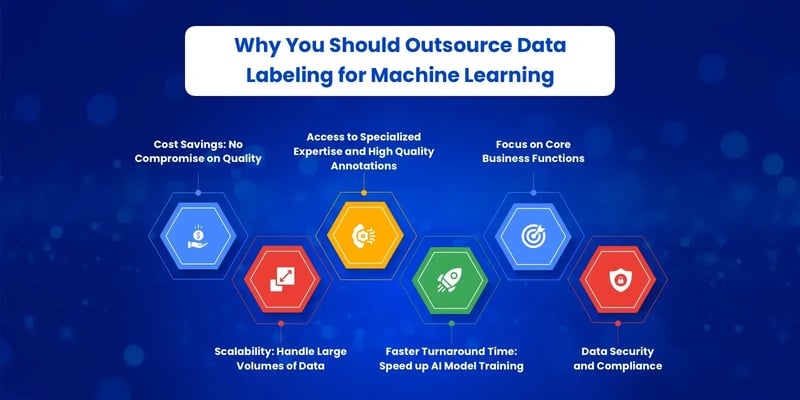
Now that machine learning has gained popularity, the need for high quality data has never been as high as it is now. Outsourcing your data labeling process to a reputed partner offering expert data labeling services enables you to train and run your ML algorithms at improved efficiency. If you are looking for valid reasons why you should consider outsourcing data labeling, here are they.
1. Cost Savings: No Compromise on Quality
If you build an in-house data labeling team, it requires huge investment in hiring, training, infrastructure and management. Salaries, annotation tools and quality assurance processes further add up quickly.
Outsourcing lets you:
- Pay only for the labeled data you need.
- Avoid infrastructure investment in expensive annotation platforms.
- Leverage offshore teams in cost-effective regions for cost optimization.
A well-structured outsourcing strategy gets you high quality labeled data at a fraction of the cost of an in-house setup.
2. Scalability: Handle Large Volumes of Data
As your ML models evolve, they need huge amounts of labeled data to improve accuracy. Managing this demand solely depending on internal team can strain resources and slow down project timelines.
With outsourcing you can:
- Scale up or down based on project needs.
- Access a global workforce for faster turnaround times.
- Avoid hiring and training bottlenecks that can delay AI initiatives.
Working with an experienced data labeling partner accelerates model training and deployment giving you an edge in AI development.
3. Access to Specialized Expertise and High Quality Annotations
Accurate data annotations are crucial for ML models. It helps them to generalize well and perform well in real world scenarios. Outsourcing lets you tap into the expertise of skilled data annotators who are trained in specific domains which ensures precise and consistent labeling.
Benefits of outsourcing to expert teams:
- Industry specific expertise (e.g. medical imaging, finance, retail).
- Trained annotators following best practices and couples AI data labeling.
- Advanced quality assurance to minimize annotation errors.
Partnering with a specialized data labeling vendor ensures your training data meets the highest quality standards for better AI outcomes.
4. Faster Turnaround Time: Speed up AI Model Training
Inefficient data labeling can be a bottleneck in AI development that delays model training and deployment. Sometimes, in-house teams may struggle with tight deadlines especially for large datasets. In such cases, outsourcing helps achieve faster turnaround time as dedicated data labelers work full-time on your projects.
Outsourcing helps you:
- Reduce annotation time with dedicated teams working 24/7.
- Improve workflow efficiency with AI-assisted annotation tools.
- Meet project deadlines without compromising on accuracy.
A reliable outsourcing partner delivers labeled data on time ready for model training so you can stay ahead in the AI race.
5. Focus on Core Business Functions
It requires huge time and resource to manage an internal data labeling team. This may significantly deviate your focus from core AI and business development activities.
Outsourcing lets you:
- Release internal teams to focus on model development and innovation.
- Reduce the administrative overhead of managing annotators and quality control.
- Improve overall AI project efficiency by simplifying workflows.
This facilitates AI teams focus on high-impact tasks like model optimization, feature engineering and strategic decision making rather than channeling entire resources into data labeling.
6. Data Security and Compliance
It is true that data privacy and security are major concerns, especially when handling sensitive data like financial transactions and healthcare records. Keeping this in mind, leading outsourcing providers follow strict compliance standards for secure data handling.
Key security measures offered by outsourcing partners:
- GDPR, HIPAA and SOC 2 compliance for regulated industries.
- Anonymization and encryption to protect sensitive data.
- Strict access controls and NDAs to prevent data sharing.
Choose a trusted data labeling provider and data security is your top priority, not a risk.
How to Choose the Best Data Labeling Outsourcing Partner
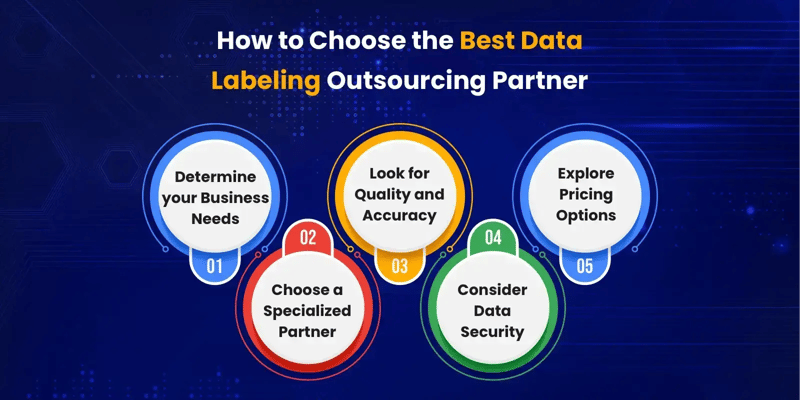
Let’s assume you have a data labeling project and you have decided to outsource it. But how do you know who is best out there? How to even compare different data labeling outsourcing service providers? Which partner will align with your goals? If you have these questions unanswered, below points are for you.
Plus, we have listed a few critical questions to ask your data labeling outsourcing partner for your convenience. Let’s explore them.
Determine your Business Needs
Always assess your business requirements and the goals that you want to achieve out of data labeling. Introspect your current situation that includes resources, time, and think about your project deadlines and other factors.
Once you are clear with these, you can clearly rule out some data labeling service providers who do not align with your goals.
Questions to Ask:
- What is your typical turnaround time for labeling tasks?
- Do you assign a dedicated project manager to support?
- How do you handle urgent or high-priority tasks?
Choose a Specialized Partner
If you just randomly skim through the list of data labeling service providers, you can see some data labelers are experts in specific type of data such as image, text, video, etc. So pick the ones who are prowess with the data type that you want to label.
It ensures that your requirement is with the skilled team who have proven knowledge and real-time experience with the type of data you want to label. Also, look for ones who use modern technology to make the most out of your raw data.
Questions to Ask:
- Which type of data you are specialized in?
- Do you use AI-assisted labeling to improve accuracy?
- What annotation tools do you use, and do you have API integration?
Look for Quality and Accuracy
Carefully check if the shortlisted outsourcing partner has accuracy in results that you want to achieve because the performance of machine learning algorithms is all about how accurate data is.
Analyze their websites, case studies, and client testimonials and see if the results they deliver align with what you are looking for. Also, check if their data labeling tools and technology are modern and relevant.
Questions to Ask:
- What quality control measures do you have?
- Do you use a multi-layered review process (e.g., cross-verification by multiple annotators)?
- How do you handle edge cases and ambiguous data?
- Can you show me some labeled data to evaluate?
Consider Data Security
The importance of cross-checking the data labeling service provider’s security standards cannot be emphasized more. Data handling is a sensitive matter, and even a tiny mistake can cost businesses millions.
So, always check the service provider’s security certificates. If possible, learn about the security measures and protocols that they have in place. Make sure they are in compliance with prevailing data security safeguards like HIPAA, GDPR, etc.
Questions to Ask:
- Are you GDPR, HIPAA, SOC 2 or other regulations compliant?
- How do you ensure data confidentiality and encryption?
- Do you offer on-premise labeling for high-security projects?
- What measures do you have in place to prevent data leaks?
Explore Pricing Options
Last but not least, pricing plays a major role when it comes to picking the best data labeling service provider. It does not mean that you should pick the one who quotes lower price as that will not always be the right option.
If you have shortlisted a few data labeling service providers who align with your goals and requirements, then picking the one who quotes less price makes sense. Even then, make sure the quality is not compromised.
Questions to Ask:
- What is your pricing structure? Per image, per hour or per project?
- Are there any hidden costs or additional fees?
- Do you have a pay-as-you-go model for flexible scalability?
- Can you give me a cost estimate based on project requirements?
What are the Different Types of Data Labeling Outsourcing Models
If picking the right data labeling outsourcing partner is one thing, finding the best outsourcing model is the other. Based on your project needs, cost, data sensitivity, and various other factors, you have an option to pick the right data labeling outsourcing model that best fits your needs. Let’s explore some of them.
Crowdsourcing Platforms
Nowadays, with ever increasing amounts of data being generated and used, many tech giants like Amazon Mechanical Turk offer crowdsourcing platforms where your data labeling task is distributed to a large group of freelancers. They are dedicated data labeling platforms where you can hire freelancers from across the globe.
Crowdsourcing is a cost-effective way for data labeling, which enables faster completion of projects.
They are recruited by such platforms usually from around the world, who will work on labeling your data. This model is cost-efficient when compared with others, but the problem is, the quality may get compromised.
Key Benefits:
- Highly scalable
- Fast turnaround time
- Cost-effective service
Managed Labeling Services
Some tech companies offer managed labeling service, which takes care of data labeling from end-to-end, including automated labeling. These data labeling companies like us, Tech.us, completely manage your projects by implementing sophisticated data labeling tools and technology, including AI for data labeling.
Key Benefits:
- High quality data
- Leverage industry expertise
- AI-assisted labeling
Dedicated Offshore Teams
In this model, you will be able to access offshore data labeling companies and talents who reside in other countries like India, The Philippines, etc. This model offers you scalability and best suits you if you are looking for long-term and large-scale projects at optimal costs.
Key Benefits:
- Cost advantage for large-scale projects
- Better quality control
- High domain expertise
Hybrid Model
Hybrid model usually combines manual data labeling by dedicated experts with AI-assisted labeling. Generally, these models use AI tools to pre-label data, which is then checked by human data labelers to ensure accuracy and speed.
Key Benefits:
- Highly efficient
- Significant cost saving
- Consistent quality
To Sum Up
Outsourcing data labeling for machine learning is a big deal and can impact the accuracy, speed and scale of your AI models. With the complexity of AI applications growing every single day, choosing the right data labeling outsourcing model is key to getting high quality labels while optimizing cost and resources.
Ultimately, successful data labeling outsourcing means selecting the right vendor, right workflows and strong quality control. By partnering with the right provider you can accelerate AI development, improve model performance and stay ahead of the curve in the machine learning landscape.
FAQs
1. Does machine learning require labeled data?
Machine learning models, especially supervised learning models, require labeled data to learn patterns from structured, high quality data and make predictions. However, unsupervised learning models can still work with unlabeled data by finding patterns.
2. Can data labeling be automated?
Yes, AI-assisted labeling uses pre-trained models that auto generate labels. However, human annotators are often needed for verification and quality control to ensure accuracy.
3. What is the difference between data tagging and data labeling?
Data tagging is a broader term that involves adding metadata or keywords to data for categorization. When it comes to data labeling, it is about specifically assigning meaningful annotations (e.g. “dog” or “cat” in an image) to train machine learning models.
4. What is a labeling service?
A labeling service is a third party data labeling company that offers data annotation or labeling solutions using human annotators, AI automation or a hybrid approach. This process essentially improves data quality and facilitates machine learning models to analyze and comprehend data efficiently.
5. Can machine learning work with unlabeled data?
Yes, unsupervised learning and self-supervised learning allow machine learning to work with unlabeled data by finding patterns, clusters or relationships without predefined labels.

